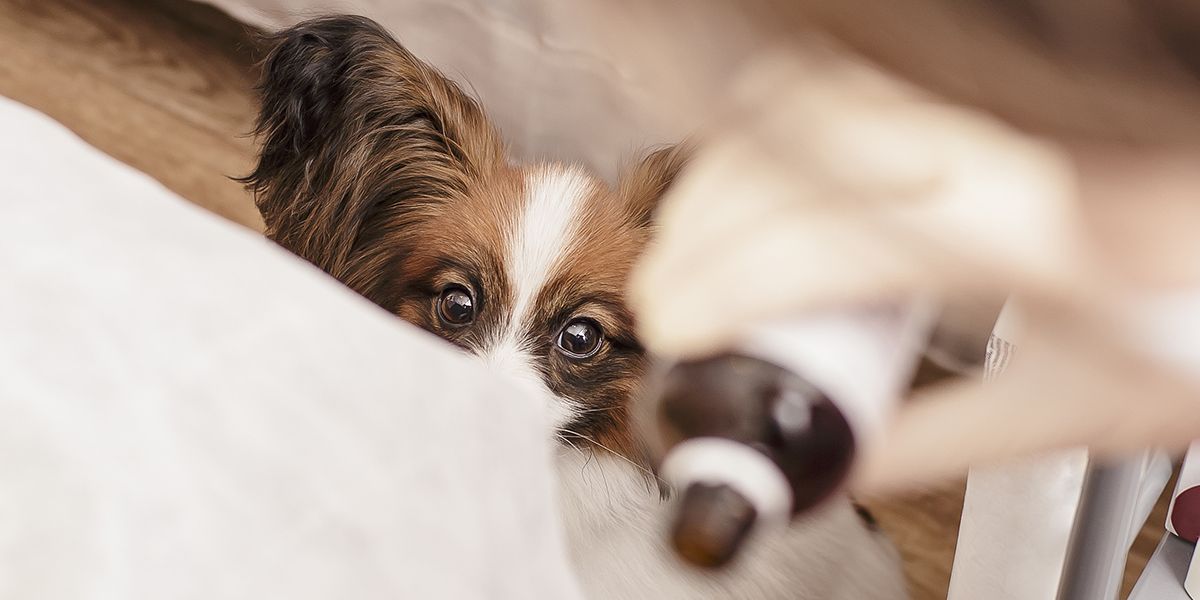Destructive Chewing in Dogs: Reasons and Solutions
It is common for dogs, particularly puppies, to use their mouths for exploration, entertainment, and play. While a little playful chewing is common and rarely harmful, your dog’s behavior can quickly damage items in your home if you don’t address the problem.
If you are dealing with destructive chewing, you should address the situation quickly to correct the behavior. Seeking the advice of a veterinarian may help the problem. Santa Cruz Veterinary Clinic provides veterinary services in Tucson, AZ, and can help determine whether the behavior is normal or linked to a more significant problem.
Here are some of the main reasons behind destructive chewing and how you can address the behavior.
Cause #1: Separation Anxiety
Adult dogs quickly attach to owners and can experience separation anxiety. A change in the family’s schedule, a new home, or being left alone for long periods can spark fear in your dog, resulting in destructive chewing.
Other signs of separation anxiety include frantic greetings, following you around the house, and barking when you leave.
Solution
Punishing your pets when they display anxious behaviors is not the solution. Reacting harshly will only make the problem worse. Desensitization techniques can address dogs’ destructive chewing caused by anxiety, which exposes your dog to a stimulus starting at a low intensity.
It is important to remember that your dog is not acting out on purpose and that punishments often create more serious issues.
Cause #2: Seeking Attention
Dogs may act out to seek the attention of their owners. Owners give more attention when dogs and puppies display inappropriate actions, inadvertently reinforcing the behavior. A dog’s destructive chewing behavior results in more attention, even if it is negative.
Solution
You can stop attention-seeking behavior by giving your dog plenty of positive attention each day. Identify your dog’s favorite chew items and put these objects where they cannot reach them. Ignore negative actions and praise good ones.
Cause #3: Boredom
Dogs explore the world with their mouths and may chew clothes, furniture, and shoes if they are left without chew toys. Dogs may display destructive chewing behaviors if left alone for long periods without appropriate entertainment. Puppies need regular mental stimulation and outlets to curb negative actions.
Solution
Dogs, particularly large breeds, need to lead active lifestyles to remain happy and exhibit healthy behaviors. Play with your dog regularly in safe areas and encourage your children to take them on daily walks.
Increase your dog’s opportunities for mental stimulation, particularly when they are left alone. Purchase chew toys and use a clicker to encourage your dog to play with the toys instead of munching on other items.
Taking your pet to a behavior class is another excellent way to reinforce the positive behaviors you are teaching at home. Are you experiencing destructive chewing or dealing with separation anxiety in greyhounds? Find out whether the behavior is normal or part of a more significant problem by making an appointment with Santa Cruz Veterinary Clinic.


 Copyright © - SantaCruzPet.com
Copyright © - SantaCruzPet.com